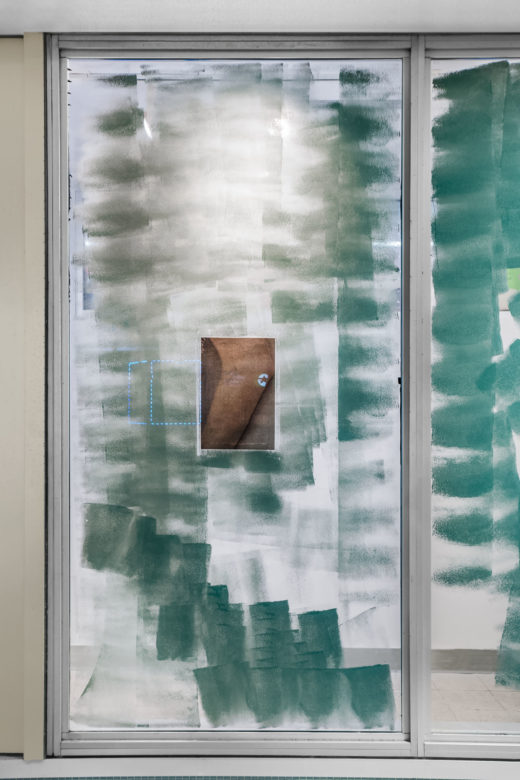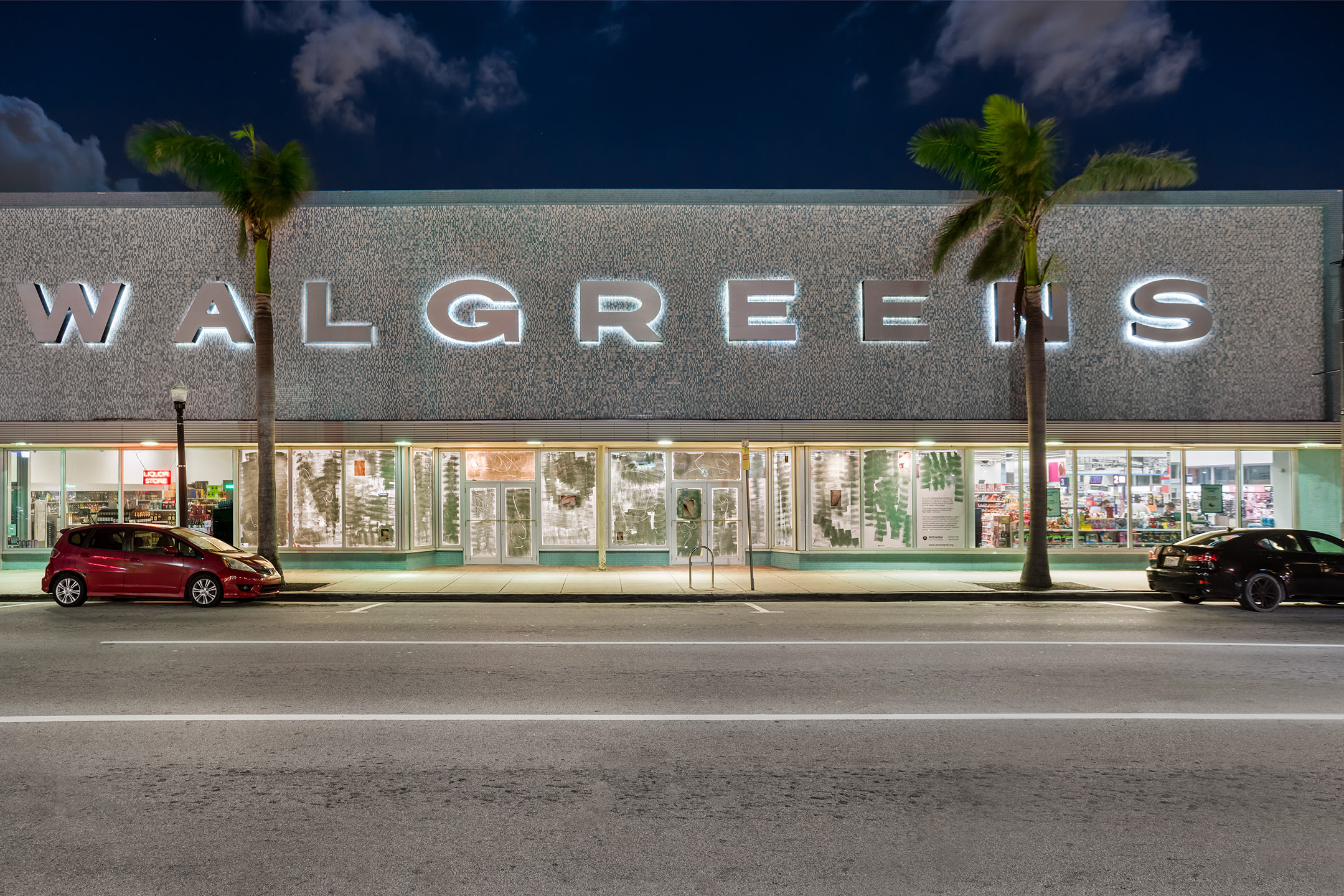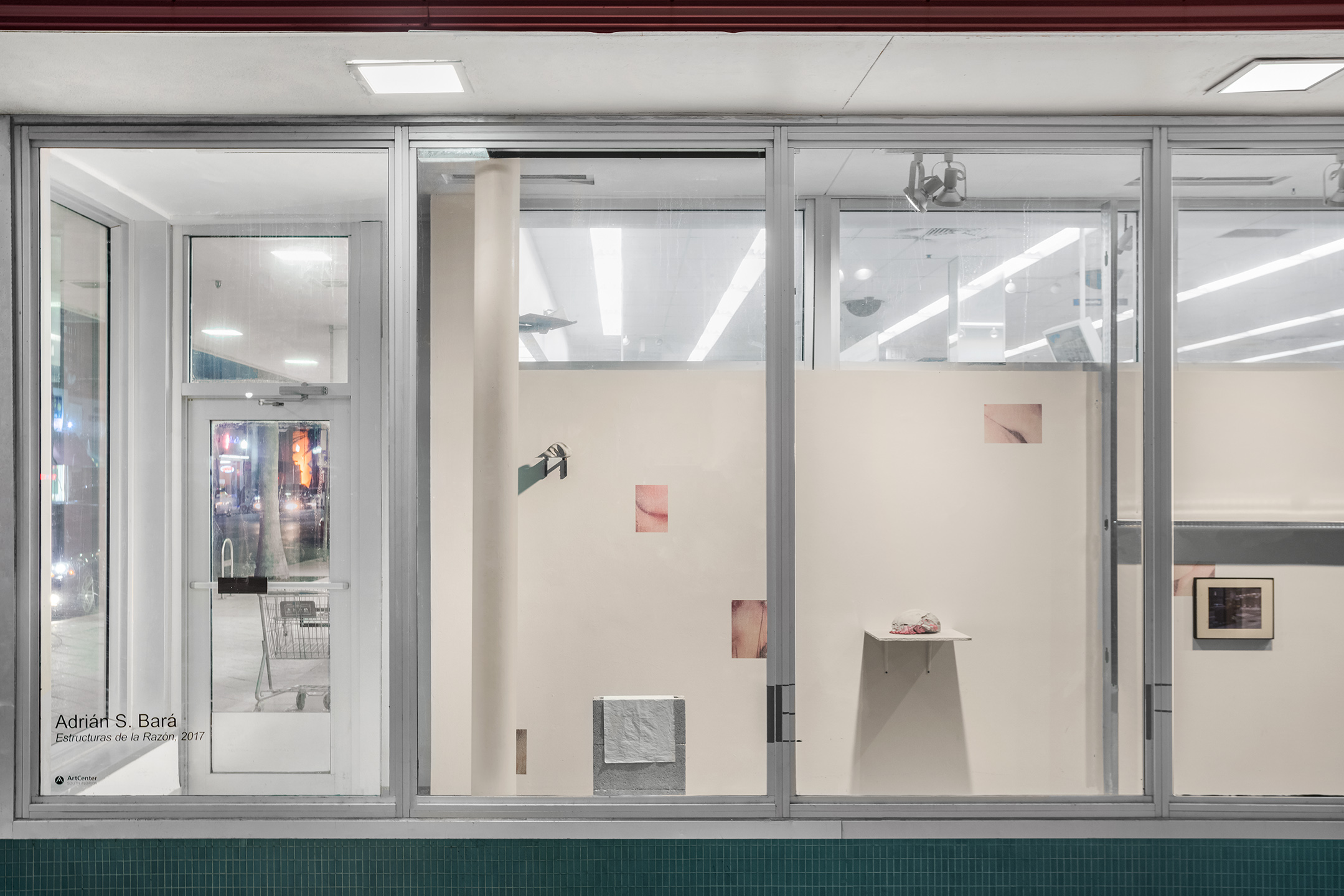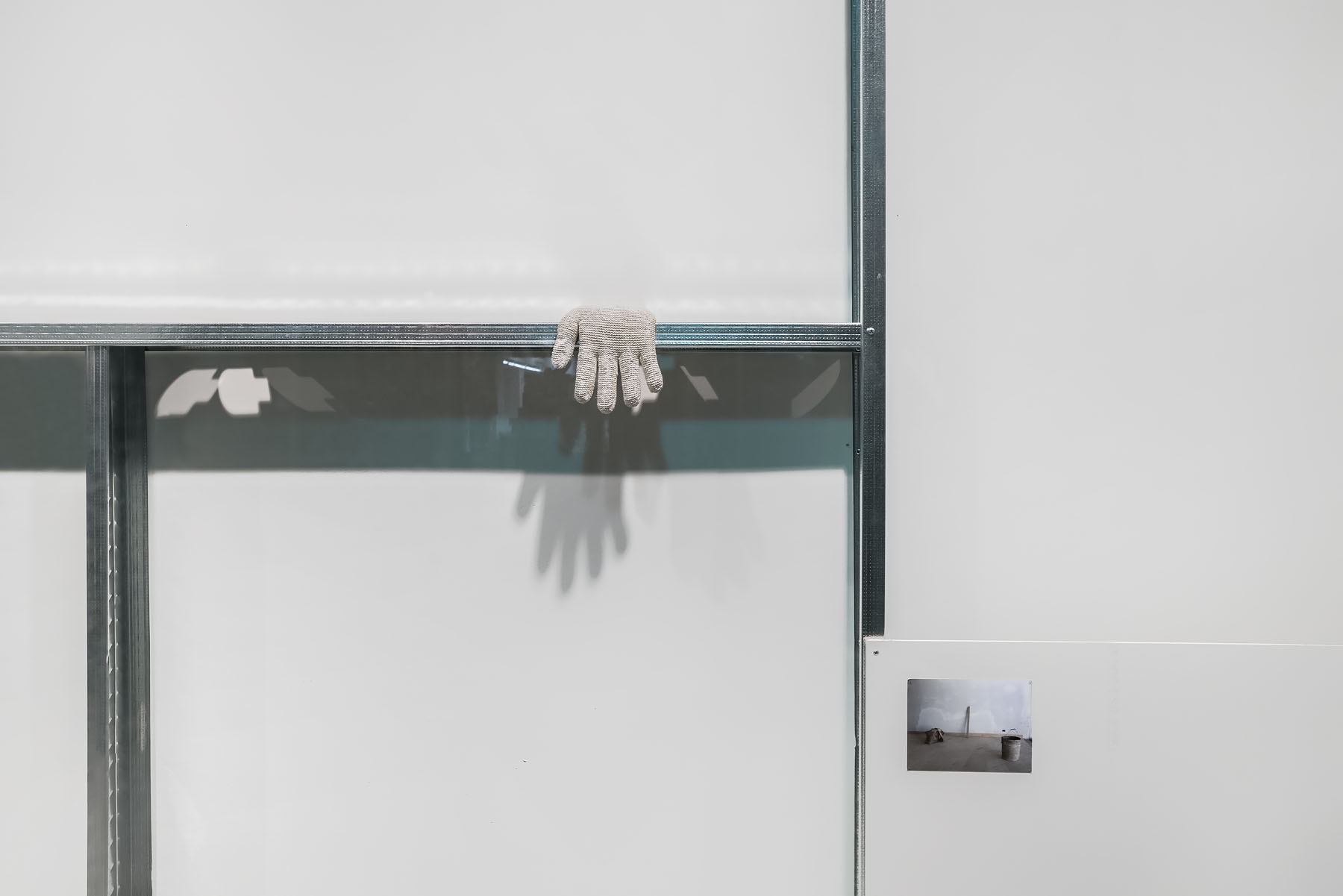- CLOSE TO YOU (TIME TO BE ALONE)

- Category Is—Family, Love, and Heartbreak: The House of Impossible Beauties by Joseph Cassara
Estructuras de la Razón: Interview with Adrián S. Bará
Rachael Rakes

Estructuras de la Razón spans the large perpendicular double-window displays of North Beach’s 74th street Walgreens. Commissioned by ArtCenter/South Florida and created by NYC/Guadalajara based artist Adrián S. Bará, the installation gives off the immediate impression of a work-in-progress — of a display unfinished and waiting to be revealed, or an event happening behind the scenes. The site-specific piece is the latest in a series (and the first to take place in Miami) of Bará’s ongoing engagement with infrastructure aesthetics and social materialism. Mixing building materials like sheetrock, temporary paint, bricks, and cement, with display structures like metal armatures and screens, the scenes created in Estructuras de la Razón conjure the detritus of the built landscape. In foregrounding the arbitrary (yet normalized-through-supply-chain) materials behind this condition, the objects seem to point to a series of independent choices set about by capitalist production that nevertheless have an immense impact on our lives. Accompanying these pieces are still images of bodies taken from magazines and digital ads, only distorted, blown-up, and framed within windows coated floor-to-ceiling in temporary paint. Finally, a lone video monitor depicts an almost-still scene where a set of structures — an area of grills arranged in a park — awaits a community to gather around them, imagining them as kind of community-activation tableau. I peeled myself away from a hectic post-Basel evening in order to venture to the relatively quiet North Beach to view the exhibition, and spoke with the artist shortly thereafter.
Rachael Rakes [MR]: You have related your work previously to Vilém Flusser’s discussion of image dominance and image power. How does that play out in such a display-focused setting as a Miami Beach Walgreens window?
Adrián S. Bará: On my way from the Miami airport to start installing this work, I got into an interesting conversation with the cab driver. He told me that Miami is becoming a really expensive city to live in. He thought that it is probably more expensive than New York nowadays, and the economy is a bubble about to explode, powered by the millionaires and billionaires who are developing and buying properties all over town. This exchange struck me as very place-setting, in terms of the mood and day to day reality of people in the city, and a way to start reflecting about the constant state of construction that takes place here.

So, to join that to my interest in Flusser–one of his ideas is in the concepts of work and the influence of media on our perception and conceptual processes. Specifically, how instead of serving as a useful means of orientation, we are led to believe that image is a description and representation of the world and as result of that humans become a function of the images that we create. In the case of Miami, the circulation of images has very much helped to create this idea of luxury, commodity and jet-set that makes some people want to be part of this place, and maybe is changing this place to fit that dream-image.
MR: You have not been back to Miami since the installation. Have you gotten a sense of what people passing by think of the work?
AB: During the process of installation I had the opportunity to interact with the neighbors and tourists that transit this area of Miami Beach. It meant a lot to me that I could actually engage with people during the entire project. The majority of the people walking by thought that the store was going out of business (this is the case of the Collins Ave side of the installation) or was under construction (this is the case of the 74th street side of installation), and that was one of the points of the project. For me it was important that the installation mimic its surroundings. That specific area of North Beach has a few abandoned and blocked storefronts, and you can sense another face of the city and the consequence of its economic speculation.

MR: The idea of speculation seems poised over everything. I know that you have worked with some of these materials before, and making these kinds of installation assemblages, but this work also feels very site-specific to me. How does Miami’s built environment, and the pace of growth and development fit into this work?
AB: I think a lot of the major cities in America project this idea of speculation, and that’s why I am interested in these types of displays as a series. My studio is located in Long Island City in New York, and this neighborhood has changed so much in the past year. Every week you can see new shelled out structures of “international architecture” style buildings appearing on the horizon. Walking around these sites you can get a sense of the speculation and the state of a productive economy that crashes, commodifies, cheapens and effectively takes over labor. I thought that one way to reflect on that labor would be to work with construction materials like sheetrock, still studs, concrete, and objects that relate to the human body and physical effort. So much of labor today exists outside of a supply and demand model, but more towards a general idea of self-recurring capitalist accumulation. Under this reading, I like to see building construction sites as an apparatus and examine the objects that sustain that apparatus, in a different light.
MR: You have also described the genesis for this series of works through your background in filmmaking. How does this Estructuras de la Rázon act as set, scene, or picture? How does the viewer enter it—as performer, extra, audience, or somewhere in-between?
AB: Most of my work starts with a deconstruction of an image, an object or an idea. I want to know what is behind a shape, what is behind a material. Why is it part of my reality? And what does it represent in the context that is exposed to me? A film is constructed by a complicated process and by a group of people that work behind the screen. What we call reality, even what we know as reason is also constructed and it is important to point that out. I like to think of my work as narrative, I try to set different elements in the exhibition space to generate a dialogue between the works the space and the audience.
MR: Do you work to source your materials locally, or what is your gathering practice?
AB: Every time that I work on an installation project I stay open to modify my original ideas by integrating materials and elements that I can get locally. I find this exercise stimulating, and good for the project as well as for my state of being in general.

MR: Many of the subjectivites, or the ontologies of the pieces within this work are mixed up—images of the body are distorted; clothing is cemented into sculpture; materials meant to buttress a building or construction hold up nothing. What is of use to you in misusing things, or finding alternate material identities?Adrián S. Bará: I want to produce an awareness of the world, a particular way of relating to reality, to and analyze the built world critically. But for me it is also important to leave open the question and find metaphors or poetry in objects and images that aren’t operating as they are meant to, but also don’t have a specific other meaning or role either!
Estructuras de la Razón is on display through January 14, 2018 at Windows @ Walgreens, 7340 Collins Ave, Miami Beach.
Rachael Rakes is an independent curator, critic, and editor based in New York.









